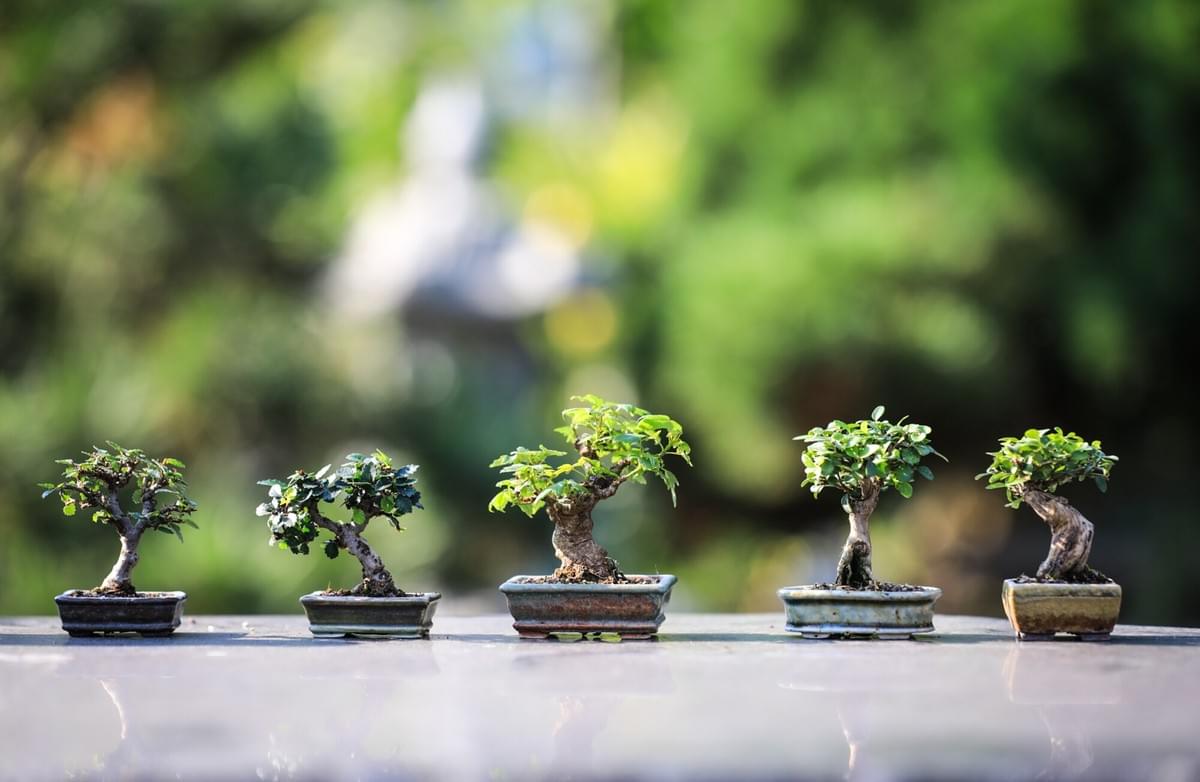The History of Bonsai Trees
The History of Bonsai Trees

If you've ever wondered where bonsai trees came from, the answer is China. This ancient practice of growing miniature trees in a container began in ancient China, when the Han Dynasty Emperor created a landscape for his courtyard. The Chinese called this practice "pun-sai," which means "deformity." During the Kamakura period (1185-1333), this practice was brought to Japan. Western nature lovers have followed suit, planting bonsai as living works of art. Go here to get more info on the History of Bonsai Trees.
While many people think that bonsai was invented in China, the art of making bonsai trees has roots far older than that. This ancient art was spread throughout Korea and Japan by Buddhist monks. It's not clear when bonsai trees actually came into existence, but some scholars believe that the practice dates back as far as the sixth century B.C., which is when the art became popular in Japan.
The practice originated in China and was first used as a status symbol. The Japanese term bonsai is a derivative of Chinese terms "penjing" and "pun-sai", which mean "tree in a pot". While they're popular all over the world, they were once considered an expensive status symbol in China. However, now people all over the world enjoy bonsai, and many people have even created their own 'bonsai' trees for their own homes.
Before the nineteenth century, the art of bonsai was restricted to the rich. Until the Chinese invaded Japan, it was largely unheard of for the average person to cultivate a tree. However, as the Japanese emperor became famous for his devotion to bonsai, it wasn't long before the art made its way to North America. Soldiers returning from the war brought bonsai with them. The miniature trees survived long enough to create a public interest in bonsai. Follow this link: leavesandsoul.com to get more info on the History of Bonsai Trees.
The Japanese introduced the art of cultivating miniature trees, and it was their techniques that helped them become famous worldwide. The Japanese developed specific methods of cultivating bonsai trees, which took two to twenty years. They cut and twisted the roots to achieve the shape they desired. They even used bamboo, wire, and burned the roots of the trees in order to attract termites. In the twentieth century, artists began using wire to sculpt their trees.
Later, the art of cultivating bonsai spread throughout western culture, and the style of the plants evolved. Despite their ancient origins, both China and Japan have incorporated their own styles. Japanese bonsai trees are considered to be more naturalistic and refined than their Chinese counterparts. Although the Japanese have lost the monopoly on bonsai, their art forms continue to retain a strong symbolism and cultural heritage.
The Japanese have been cultivating bonsai for centuries. The practice has evolved from its humble beginnings in the Himalayan mountains to a popular art form in many cultures. Today, bonsai trees can be found in department stores, nurseries, and even online. With its wide popularity, bonsai trees are considered a respectable horticultural art form in the U.S. and South Africa. Check out this related post to get more enlightened on the topic: https://www.britannica.com/topic/bonsai-horticulture.
